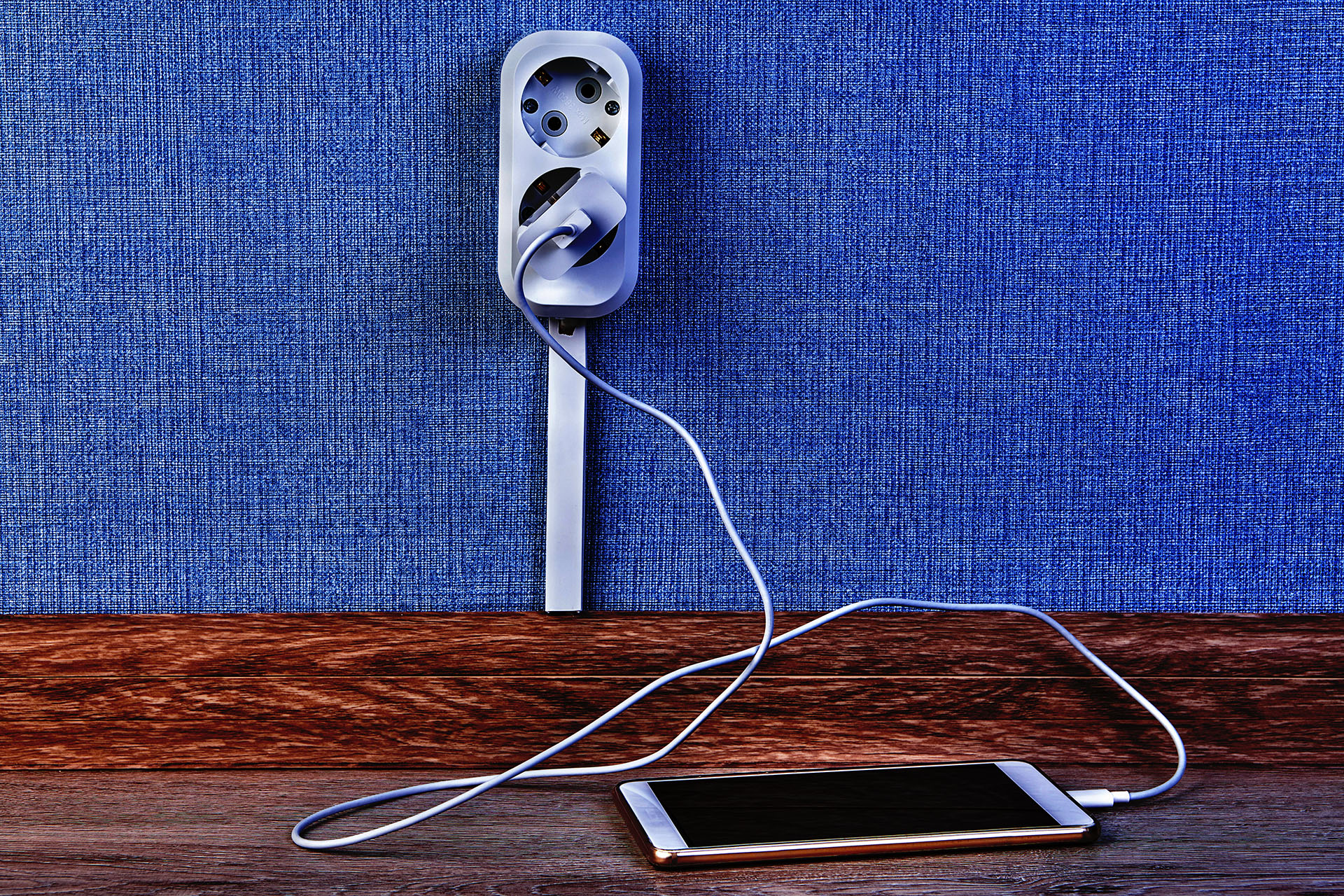Recently, preliminary national recommendations on the use of smart devices by children and young people during free time have been discussed in the media. One of the recommendations put forward is that families could charge phones together during the night. The Finnish National Rescue Association’s expert reminds that overnight charging poses a significant risk of fire. Children should be instructed on the correct use of battery-powered devices from a young age.

The National Brain Health Programme has made a proposal for recommendations to help families understand the effects of smart devices on children’s brain health. The recommendations are being tested in Lappeenranta and will be adjusted based on feedback.
“We recognise that children need to have time away from digital devices. However, any battery-powered devices should be charged well before bedtime. Charging a phone at night can pose a serious risk of fire,” says Lauri Lehto, fire prevention technology expert at SPEK.
The City of Helsinki recently reported on social media that rescue services have responded to several battery fires over the last few months.
“It is important to teach the children that batteries should never be charged without supervision or while sleeping,” says Lehto.
This way, it is possible to detect any strange sounds and smells that could be early signs of fire.
At night, an overheating or overcharged battery is not necessarily detected in time.
The Finnish Brain Association has come out to say that the recommendation will be changed to ensure better fire safety.
“We received important feedback from citizens about the danger of overnight charging and will make changes to the recommendations accordingly. We are grateful for the feedback and recommend that phones should be charged under supervision during the day, says Markku Holmi, Programme Manager of the National Brain Health Programme.
“The main idea behind the recommendation is to keep phones out of the bedroom so that they don’t interfere with the wind-down and sleep necessary for a healthy brain,” Holmi says.
Potential causes of a battery fire include overcharging, high temperature and device malfunction. At night while sleeping, there isn’t necessarily time to quickly notice that a device is overcharging or overheated or that a fire has already broken out.
Battery fires are fast and aggressive
“Compared to a normal fire, the downside with battery fires is that they can be much more powerful and fast-spreading. They are also very difficult to put out by hand, unlike a normal fire, because the battery itself produces the oxygen needed for burning and is often enclosed inside the device,” Lehto says.
SPEK has also brought up the topic of fire safety when charging batteries in the free Palojärki.fi fire safety materials aimed at year 1 and 2 comprehensive school pupils.
SPEK will also be publishing safety instructions for battery-powered devices this autumn on the website www.spek.fi.
Instruct children on the safe use of battery-powered devices:
- Only charge the device when you are awake and in the same room.
- Charge the device in a place that does not have easily flammable materials, such as paper, curtains, bed, sofa or a pillow.
- Do not keep the phone or other device constantly in charging mode.
- When you go to sleep, disconnect the device from the charger.
- Do not charge electric scooters or other battery-powered devices next to the front door so that you can get out quickly in case of fire.
- If you notice something unusual while the device is charging, such as a strange sound, smell or heat, stop the charging and tell an adult.
- If a device with a battery catches fire, tell others at home immediately and leave the building.
- Call the emergency number 112 from a safe location.
